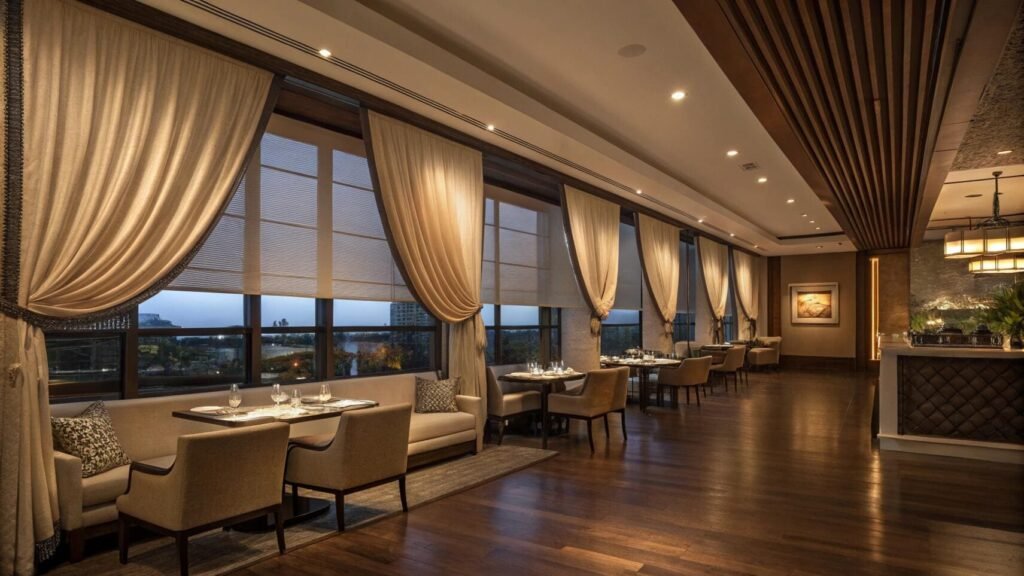Thinking about importing blinds for your next big project? The process can seem overwhelming, full of unknowns and potential pitfalls. Many project buyers worry about quality control, shipping delays, or hidden costs, which makes sourcing directly feel risky. I know this fear well because I've seen it firsthand. This guide will walk you through every critical step, showing you how to source high-quality blinds from China efficiently and confidently.
Importing blinds from China involves several clear steps: market research, finding and vetting suppliers[^1], requesting quotes and samples, placing orders with clear specifications, managing quality control, and finally arranging shipping and customs clearance. Taking each step carefully ensures a smooth, cost-effective import process for your projects.
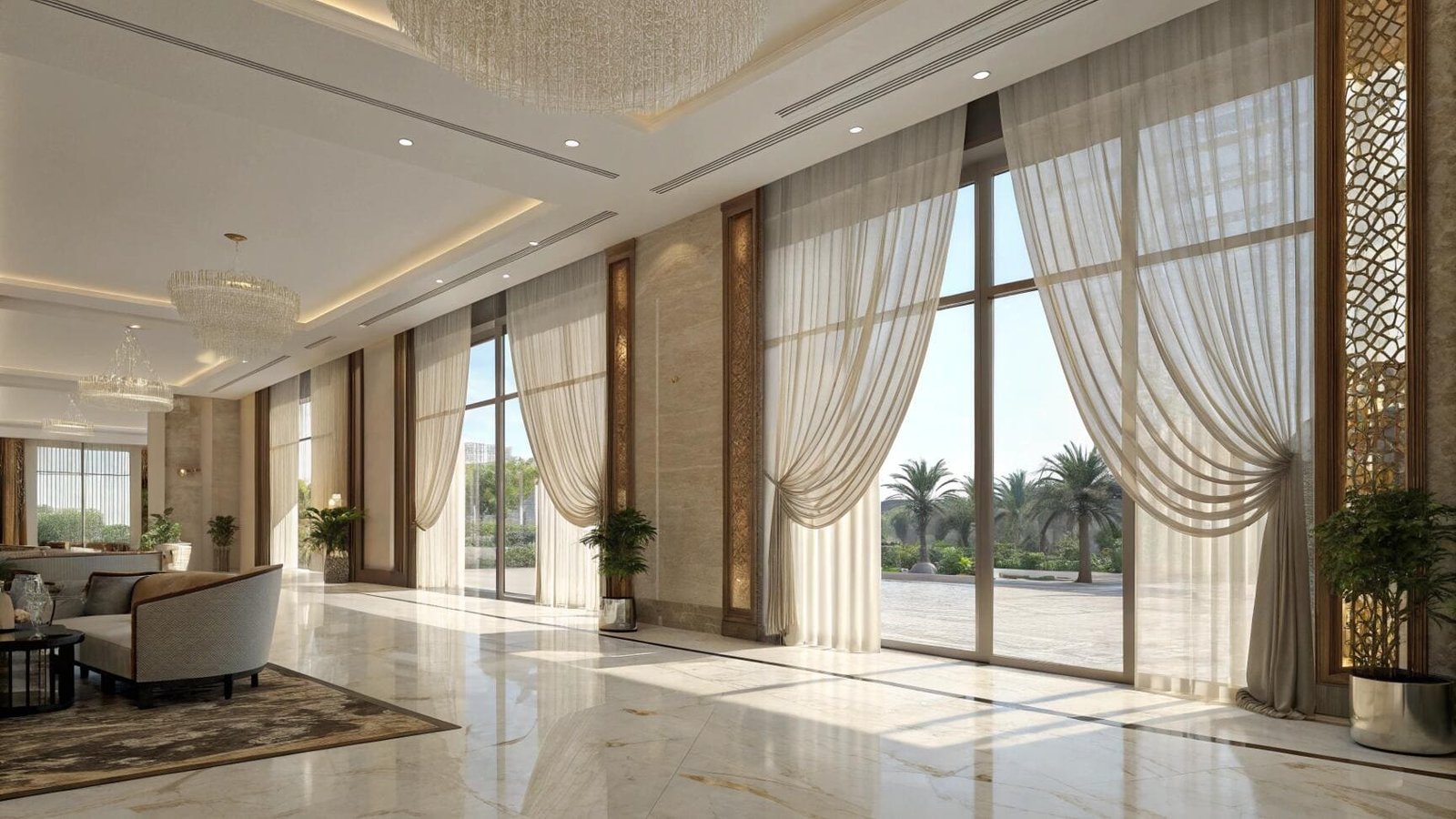
Getting ready to import blinds from China opens up new possibilities for your projects. It can dramatically improve your sourcing options and ultimately lower your costs. This guide helps you navigate the entire journey, from initial research to final delivery.
How to import from China step by step?
Are you wondering how to start importing blinds without making costly mistakes? First-time buyers often feel lost, unsure about the sequence of actions or what paperwork they need. This lack of a clear roadmap can lead to delays and budget overruns.
To import blinds from China, you need to define your product needs, identify potential suppliers, ask for samples, place your order, arrange for quality checks, and then manage logistics and customs. Following these steps helps reduce risks and ensures your products arrive as expected.
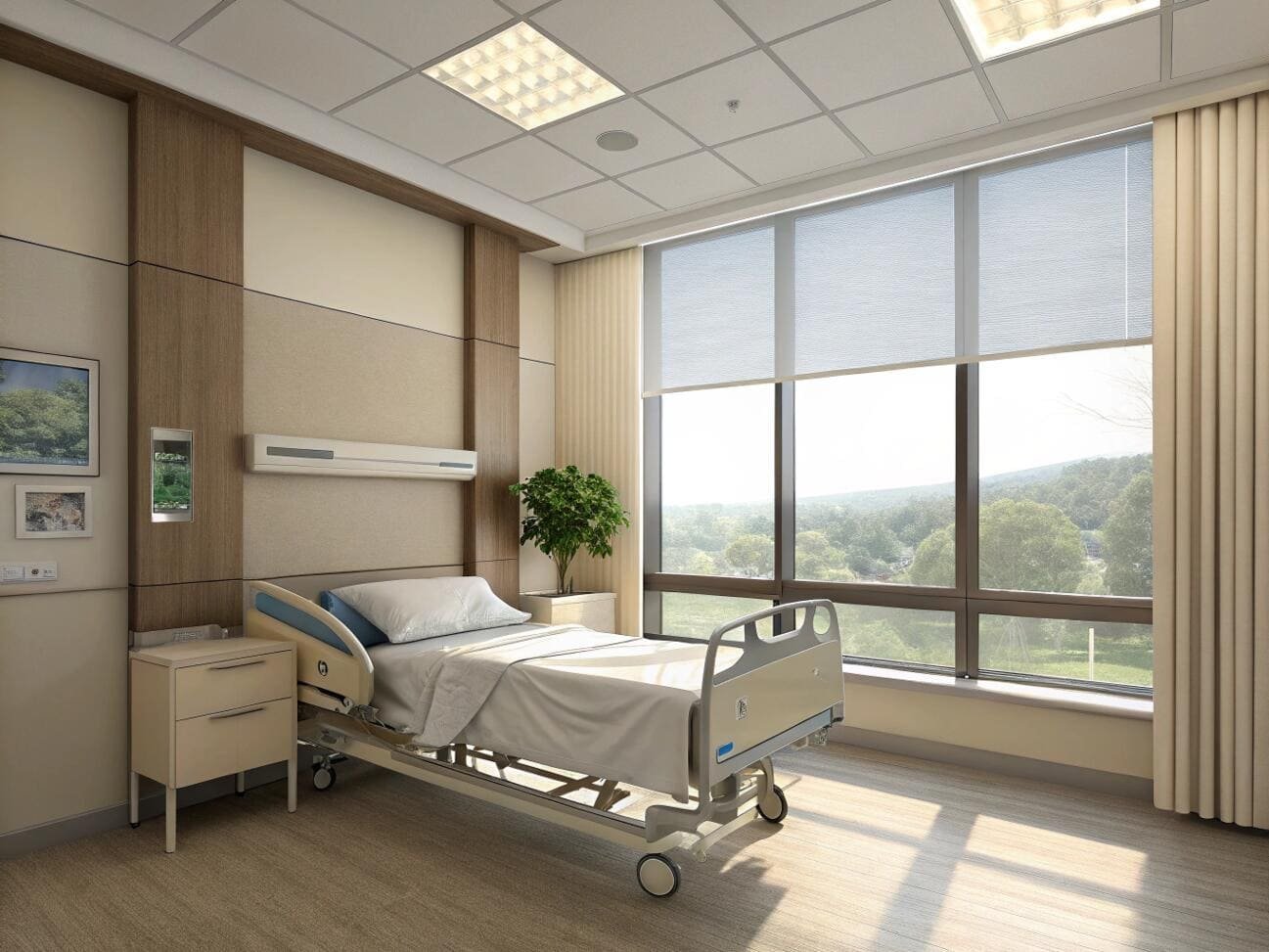
When I work with clients, I always emphasize a structured approach. It begins with clearly defining your project's specific needs. What type of blinds do you need—roller, zebra, Venetian, honeycomb, or Roman? What are the precise dimensions, fabric types, motorization requirements[^2] (e.g., smart home integration with systems like Somfy or Lutron), and control options (remote, wall switch, app)? You also need to think about certifications. For example, commercial projects in Western markets might require specific fire ratings (like NFPA 701 for the US or EN 13501-1 for Europe) or child safety compliance (e.g., ANSI/WCMA A100.1). Once your specifications are clear, you can start sourcing. Identifying potential suppliers involves using B2B platforms like Alibaba or Global Sources, attending trade shows, or partnering with a dedicated sourcing agent or company like VelaBlinds. Next, you must thoroughly vet these suppliers. Ask for factory audits, business licenses, and references from other international buyers. Requesting samples is crucial; it lets you check quality, color matching, and functionality before placing a large order. After sample approval, you finalize order terms, including payment schedules (often 30% upfront, 70% before shipment) and lead times. During production, arrange for third-party quality control inspections. This ensures your order meets specifications before it leaves the factory. Finally, you handle shipping logistics—choosing between sea or air freight based on urgency and cost—and manage customs clearance, including duties and taxes.
What is the best website for importing goods from China?
Do you ever wonder which online platform is truly the most effective for sourcing products like blinds from China? With so many choices, it is easy to get lost or pick a platform that does not meet your specific project requirements. Many buyers start with major B2B sites but find it hard to cut through the noise and find reliable suppliers.
While major B2B platforms like Alibaba and Made-in-China offer wide supplier directories, the "best" website for importing blinds often involves direct engagement with specialized manufacturers or sourcing partners. This allows for better negotiation, clearer communication, and higher quality control[^3] specific to window treatments.
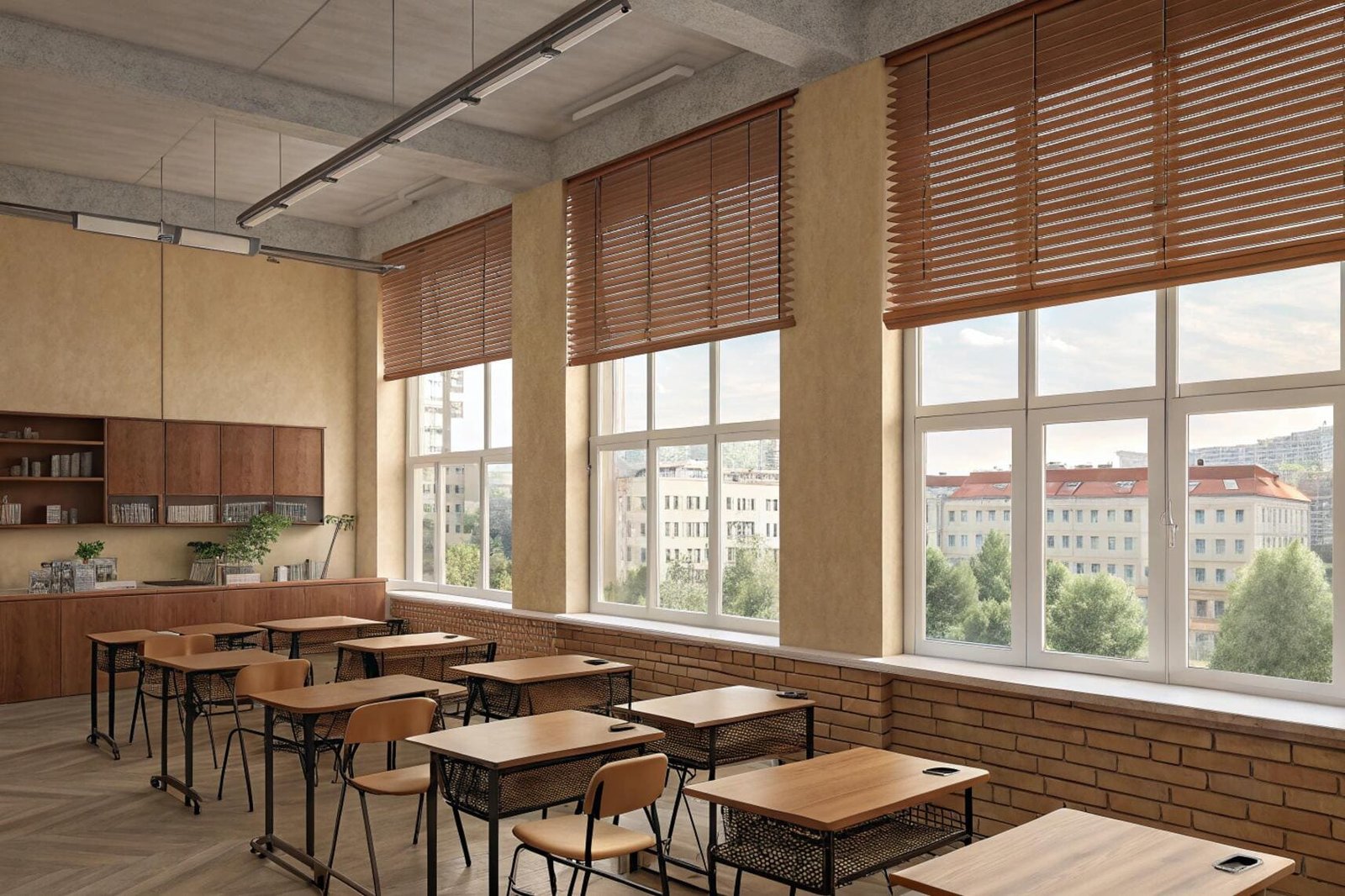
From my experience, major B2B websites like Alibaba.com and Made-in-China.com are great starting points. They offer an immense database of suppliers for all types of goods, including blinds. You can filter by product, supplier type (manufacturer, trading company), and even certifications. However, these platforms also present challenges. It can be difficult to verify supplier legitimacy, quality, and production capacity. Many businesses on these sites are trading companies, not direct factories, which can add layers of communication and cost. For a specialized product like blinds, which often requires custom dimensions, specific mechanisms, and integrated smart control systems, a more direct approach is often better. I always recommend seeking out dedicated manufacturers or working with a specialized sourcing partner like VelaBlinds. These partners often have direct factory relationships, perform their own quality checks, and can provide more tailored support for technical specifications, product customization, and logistics. They are well-versed in the nuances of window treatment manufacturing and can help you navigate common pitfalls, ensuring you get transparent specifications and marketing-ready materials needed to win more projects.
Do blinds need to be custom made?
Are you unsure if your project's blinds should be off-the-shelf or custom-made, worrying about potential fit issues or wasted time? Many general contractors and interior designers face dilemmas when standard sizes just don't quite fit their unique window dimensions or design visions. This can lead to unsightly gaps or non-functional solutions.
For most commercial and high-end residential projects, blinds typically need to be custom-made. This ensures a perfect fit for diverse window sizes, accommodates specific design requirements like fabric choices and motorization, and meets functional needs such as light control and thermal performance, which standard sizes cannot provide.
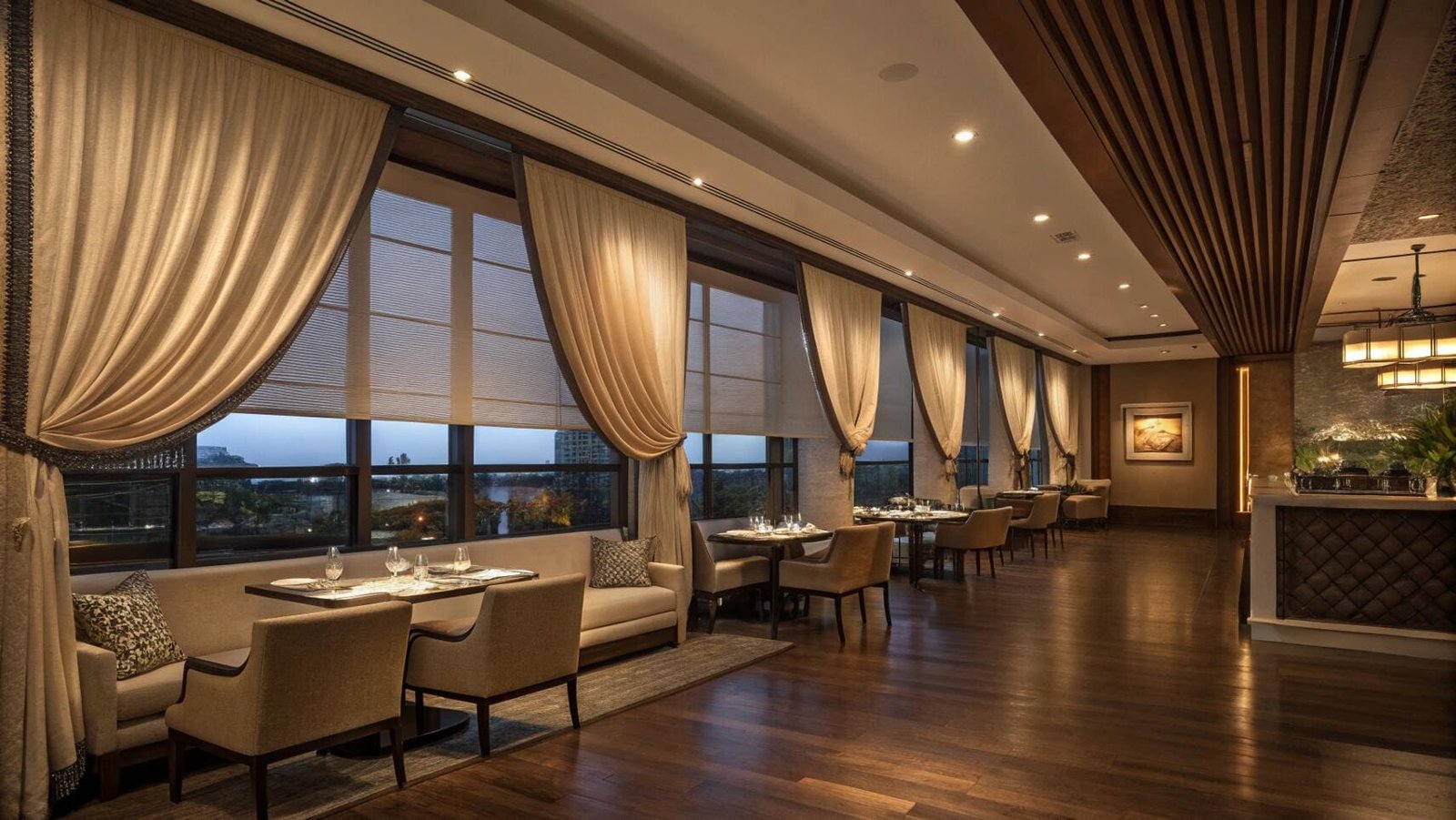
Absolutely, for almost any professional project, blinds need to be custom-made. Unlike mass-market retail, project-based work involves unique window dimensions, architectural designs, and specific performance requirements such as precise light blocking, energy efficiency, or integration with smart home automation systems. Stock blinds come in predetermined sizes and limited styles. They rarely fit perfectly and often compromise on aesthetics or function. For instance, a hotel lobby with large, irregular windows will require custom roller shades to ensure uniform light filtration and integrate seamlessly with the building's energy management system. Similarly, a high-end residential installation might need custom honeycomb blinds for superior thermal insulation or bespoke Venetian blinds with specific slat widths and finishes to match interior decor. Customization allows for features like precise motorization (e.g., quiet motors for bedrooms, powerful motors for large windows), specific fabric opacities (sheer, translucent, blackout), child-safe cordless or motorized options, and even custom finishes on headrails and bottom rails to match the project's design palette. Investing in custom blinds ensures functionality, longevity, and a polished appearance critical for project success and client satisfaction.
How long does it take to get custom blinds?
Worried about project timelines and unexpected delays when ordering custom blinds? Many buyers underestimate the lead time involved, which can throw an entire construction or renovation schedule off track. This uncertainty can cause immense stress.
Getting custom blinds generally takes between 4 to 12 weeks, depending on the complexity of the order, the manufacturer's production schedule, and the shipping method chosen. Production usually accounts for 2-4 weeks, while international shipping (especially sea freight) can take an additional 3-8 weeks.
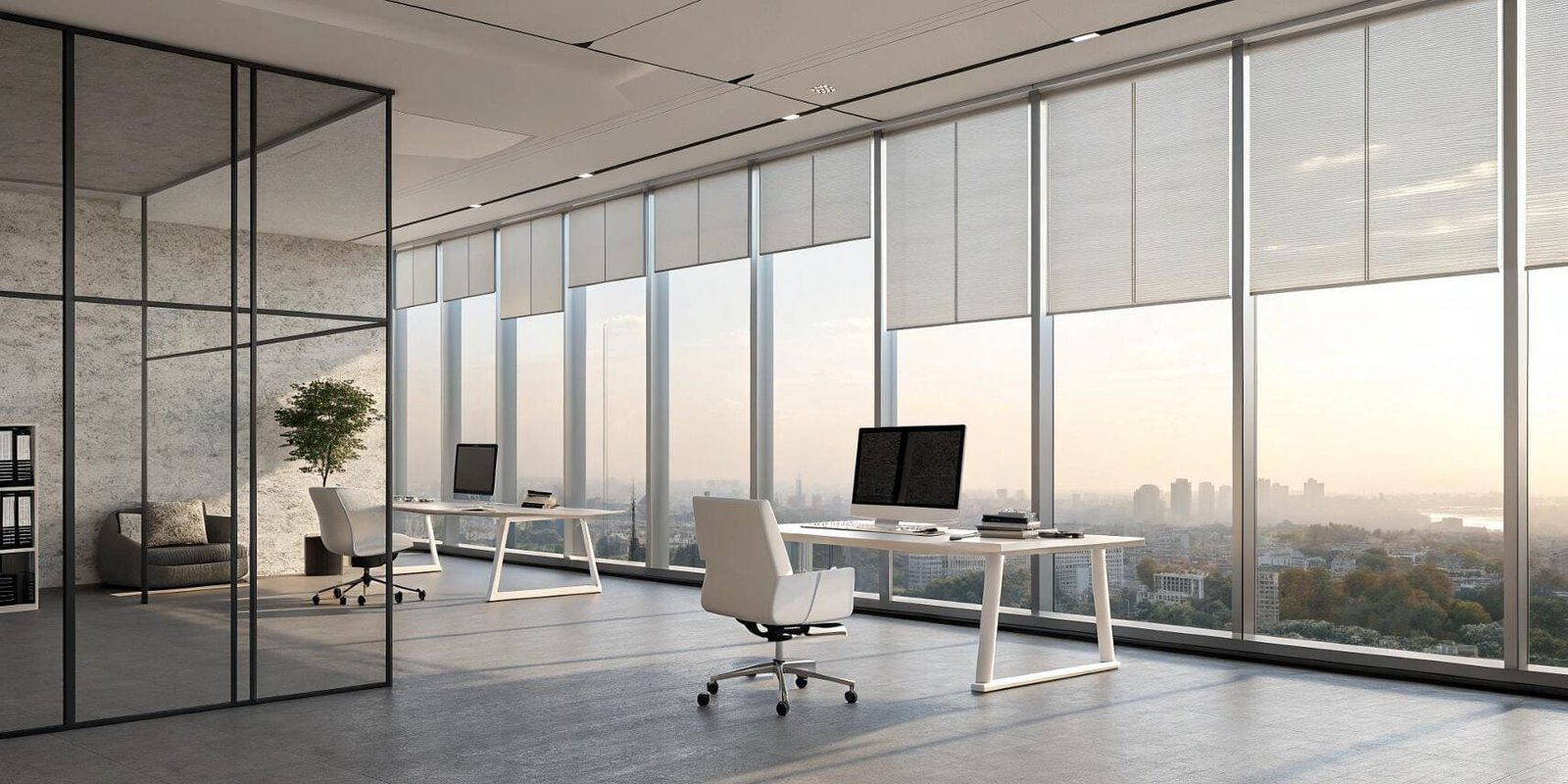
The timeline for custom blinds involves several distinct phases. First is the pre-production phase, which includes design consultation, drawing approval, and material sourcing; this can take 1-2 weeks. My team at VelaBlinds focuses on fast quoting and transparent specs to speed this up. Once materials are secured and designs approved, production typically takes 2-4 weeks. This phase involves cutting fabrics, assembling components, and integrating motorization if specified. For very large or highly complex orders, this could extend to 6 weeks. After production, there is a quality control period, usually a few days, where the blinds are inspected and packaged. The biggest variable in the timeline is international shipping. Sea freight, the most common and cost-effective option for bulk orders[^4], can take 3-8 weeks to major ports in North America or Europe, plus additional time for customs clearance and last-mile delivery. Air freight is much quicker, usually 3-7 days, but costs significantly more and is generally reserved for urgent or smaller orders. For example, I had a client needing blinds for a fast-track hotel renovation. We used air freight for a critical batch to meet their soft opening deadline, even though it was more expensive. Always factor in potential customs delays or unforeseen logistics issues by adding a buffer week or two to your planned schedule.
How much does it cost to get custom blinds?
Are you concerned about the unpredictability of custom blind pricing and how it might impact your project budget? Many project managers struggle to get accurate cost estimates, fearing hidden fees or unexpected price escalations. This lack of transparency can make financial planning very difficult.
The cost of custom blinds varies widely, typically ranging from $50 to $500 or more per window, depending on factors like material type, level of motorization, size, fabric quality, and specific design features. Bulk orders directly from manufacturers in China can significantly reduce the per-unit cost compared to local suppliers.
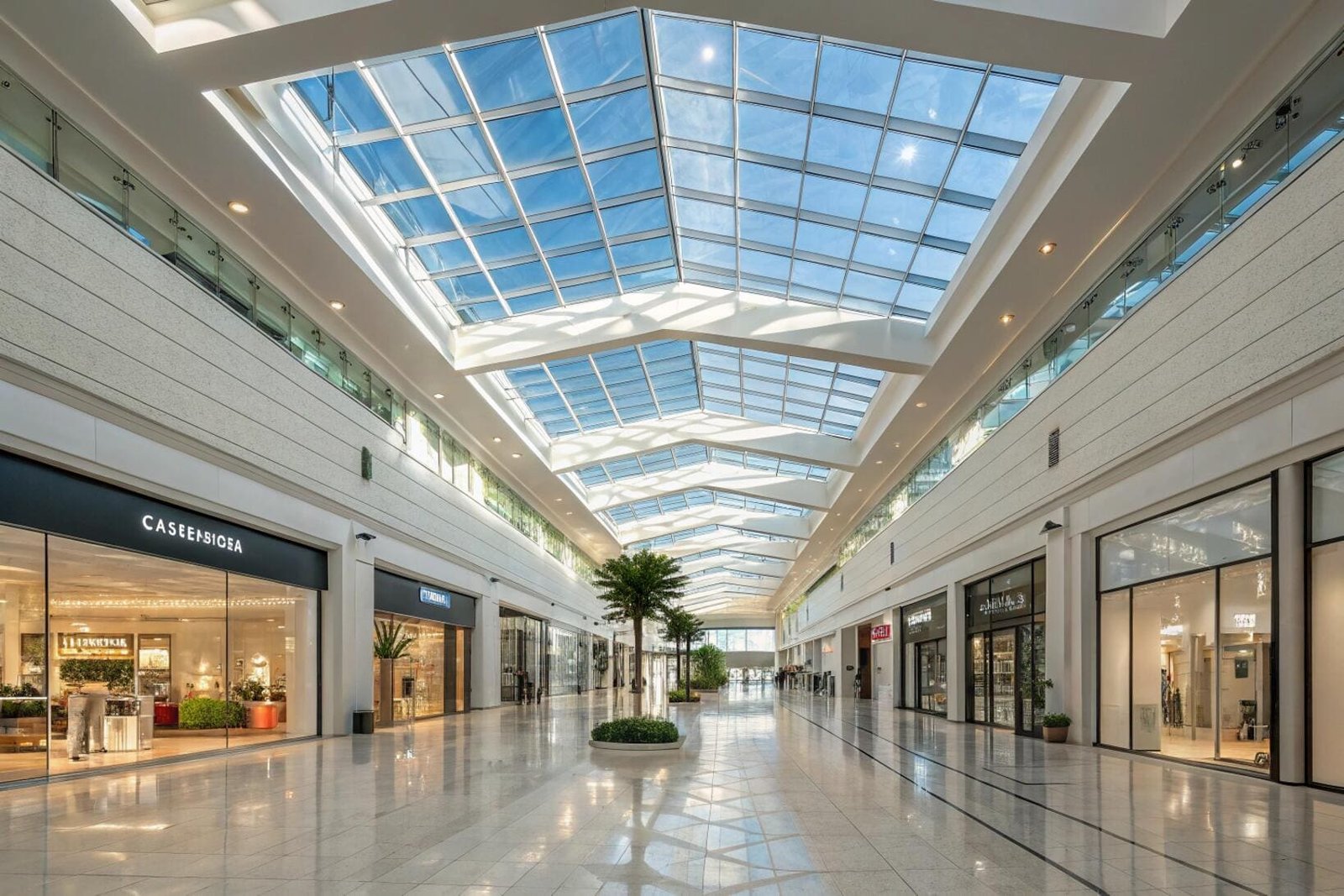
The cost of custom blinds is a multi-faceted equation. The primary drivers are the type of blind and material. For instance, a basic manual roller blind with a standard polyester fabric will be far less expensive than a motorized honeycomb blind with a high-performance, fire-retardant fabric. Motorization adds significantly to the cost, with premium motors (e.g., Somfy, Lutron) costing more than generic alternatives. The size of the window directly impacts material usage, so larger blinds are naturally more expensive. Fabric quality also plays a huge role; specialized fabrics for UV protection, thermal insulation, or acoustic dampening will increase the price. Furthermore, consider hardware and control options. Decorative valances, unique bottom rails, or advanced multi-channel remotes add to the cost. When importing from China, you must factor in shipping costs (sea freight per cubic meter, air freight per kilogram), customs duties (which vary by product category and destination country, often 3-7% for blinds in the US), and potentially local delivery charges. My clients often find that even with shipping and duties, the landed cost per unit from a Chinese manufacturer like VelaBlinds is significantly lower than sourcing from domestic suppliers, especially for larger project volumes. This allows for better project margins or more competitive bids.
Can you make money selling blinds?
Are you thinking about getting into the blinds business but unsure if it is a profitable venture? Many aspiring entrepreneurs wonder about market demand, competition, and how to differentiate themselves in a crowded space. This uncertainty can hold you back from taking the leap.
Yes, you can make good money selling blinds, especially in the B2B project market. The demand for custom, energy-efficient, and smart shading solutions is growing in both residential and commercial sectors. Focusing on niche markets[^5], offering superior product knowledge, and providing excellent service can create strong profit margins.
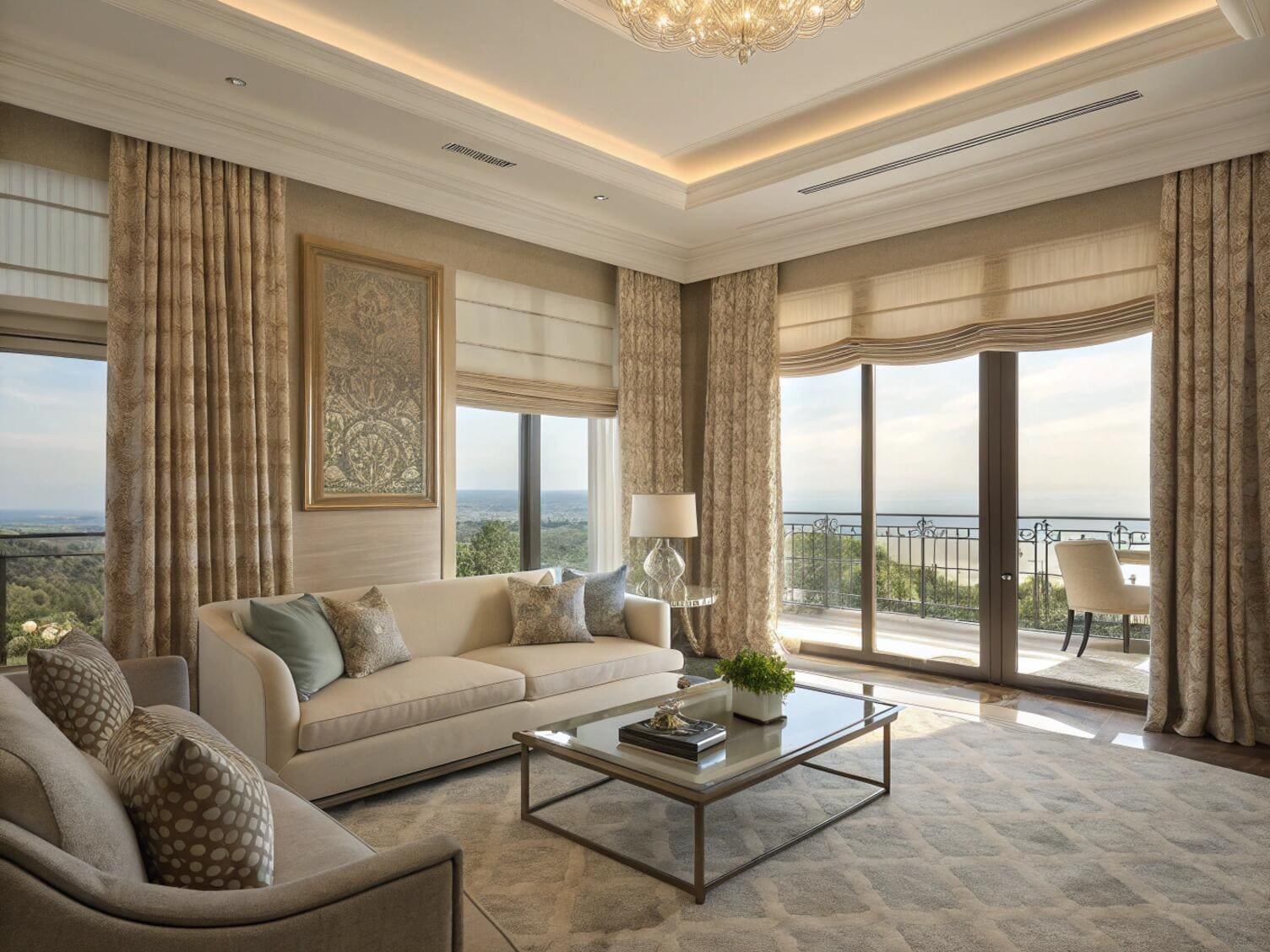
The window treatment industry, particularly for custom blinds and smart shading, offers substantial profit potential. This is not just a retail game; the real opportunity lies in the B2B sector. Developers, architects, interior designers, and general contractors constantly need reliable partners for large-scale projects like hotels, offices, multi-family residential buildings, and smart home integrations. These clients value product quality, technical support, lead time reliability, and professional installation guidance far more than the lowest price. My experience working with distributors and project contractors shows a clear path to profitability by understanding their needs. You can offer high-margin solutions such as motorized blinds, specialized fabrics (e.g., acoustic or anti-microbial), or integrated smart systems. Consider different business models: being a distributor for a brand (like VelaBlinds), a direct-to-consumer online retailer, or a full-service custom design and installation company. Profit margins can range from 20-50% depending on your overheads, sales volume, and the value-added services you provide. Building strong relationships with reliable manufacturers and offering comprehensive solutions, from initial consultation to after-sales support, builds trust and ensures repeat business. For example, one of my partners focused on custom smart blinds for luxury homes, offering full consultation, measurement, and installation services, which allowed them to command premium prices and maintain high profitability.
How to start blind business?
Dreaming of launching your own blinds business but feeling overwhelmed by the initial steps? Many prospective business owners get stuck at the planning stage, unsure about market research, supplier selection, or how to reach potential customers. This lack of clear direction can deter many from starting.
Starting a blinds business requires market research to identify your niche, securing reliable suppliers, setting up your operational infrastructure for sales and installation, and developing a strong marketing strategy. Focus on providing value, whether through competitive pricing, specialized products, or exceptional customer service.
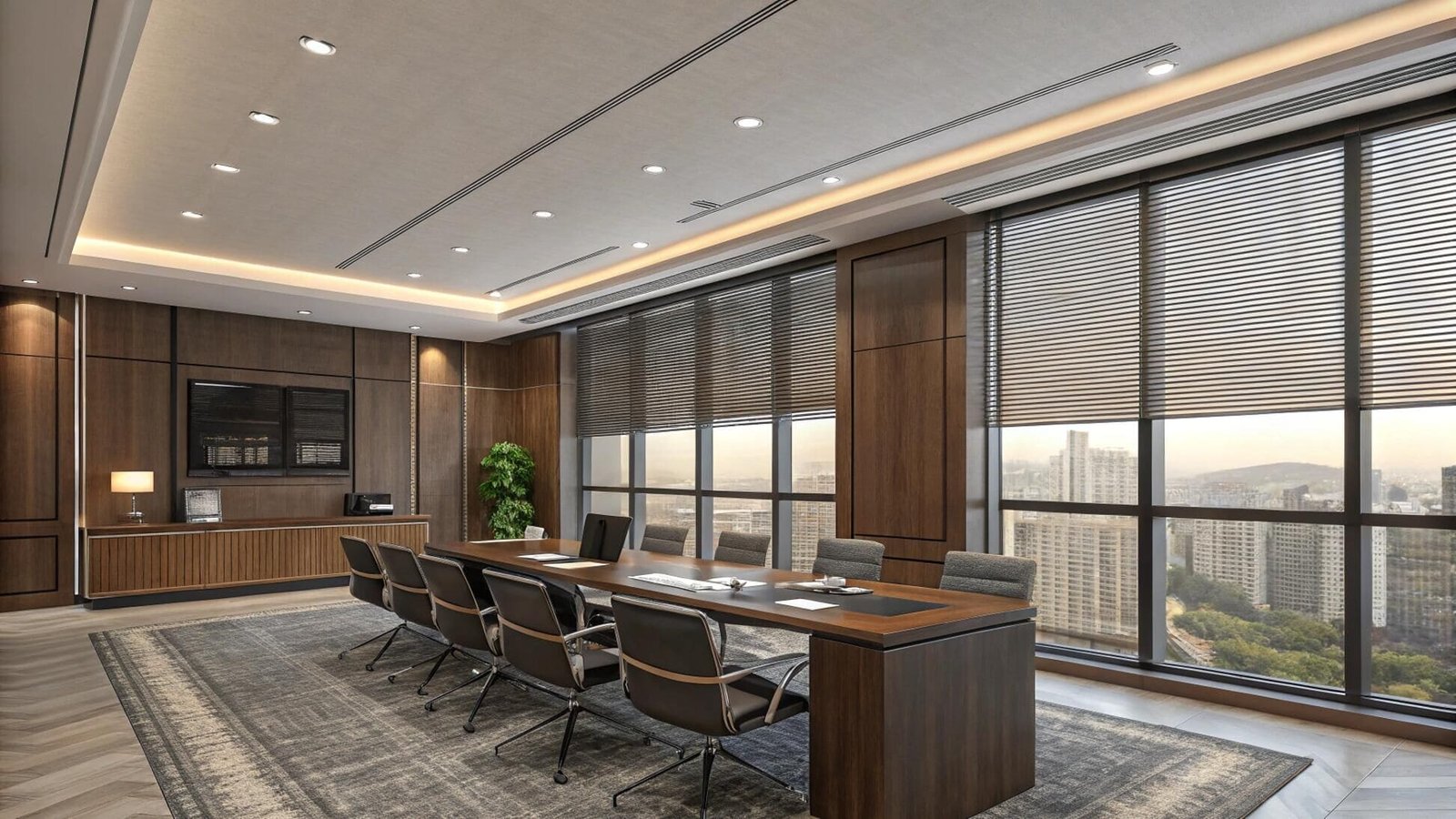
Launching a blinds business requires careful planning and execution. The first step is thorough market research. Who are your target customers? Are you focusing on residential homeowners, commercial projects, or perhaps a niche like smart home integrators? What is the local competition like, and where can you differentiate yourself? For example, if your market lacks specialized smart shading providers, that could be your entry point. Next, finding the right supplier is paramount. As I always advise, look for manufacturers who offer consistent quality, competitive pricing, reliable lead times, and comprehensive support (like VelaBlinds does with marketing materials and technical specs). You will need samples, pricing structures, and perhaps credit terms. Then, establish your operational framework. This includes setting up a showroom or mobile demonstration kit, developing measurement and installation processes, and managing inventory (even if you are drop-shipping custom orders). Marketing is crucial: build a website, use social media, participate in local trade shows, and network with interior designers, architects, and general contractors. Consider offering consultation, professional measurement, and installation services. Many successful blind businesses thrive on recurring project work by developing strong B2B relationships. Offering value-added services and building a reputation for reliability will lead to long-term success.
What certifications do imported blinds need for Western markets?
Are you worried about legal compliance and product safety when importing blinds into Western markets? Navigating various regulations and certifications can seem daunting, and non-compliance could lead to costly recalls or market access issues.
Imported blinds for Western markets often require specific certifications, especially for safety, energy efficiency, and electrical components. Key standards include child safety regulations (e.g., ANSI/WCMA A100.1 in the US, EN 13120 in Europe), fire ratings (NFPA 701, EN 13501-1 for commercial), and electrical safety for motorized systems (UL 325 for US, CE for Europe).
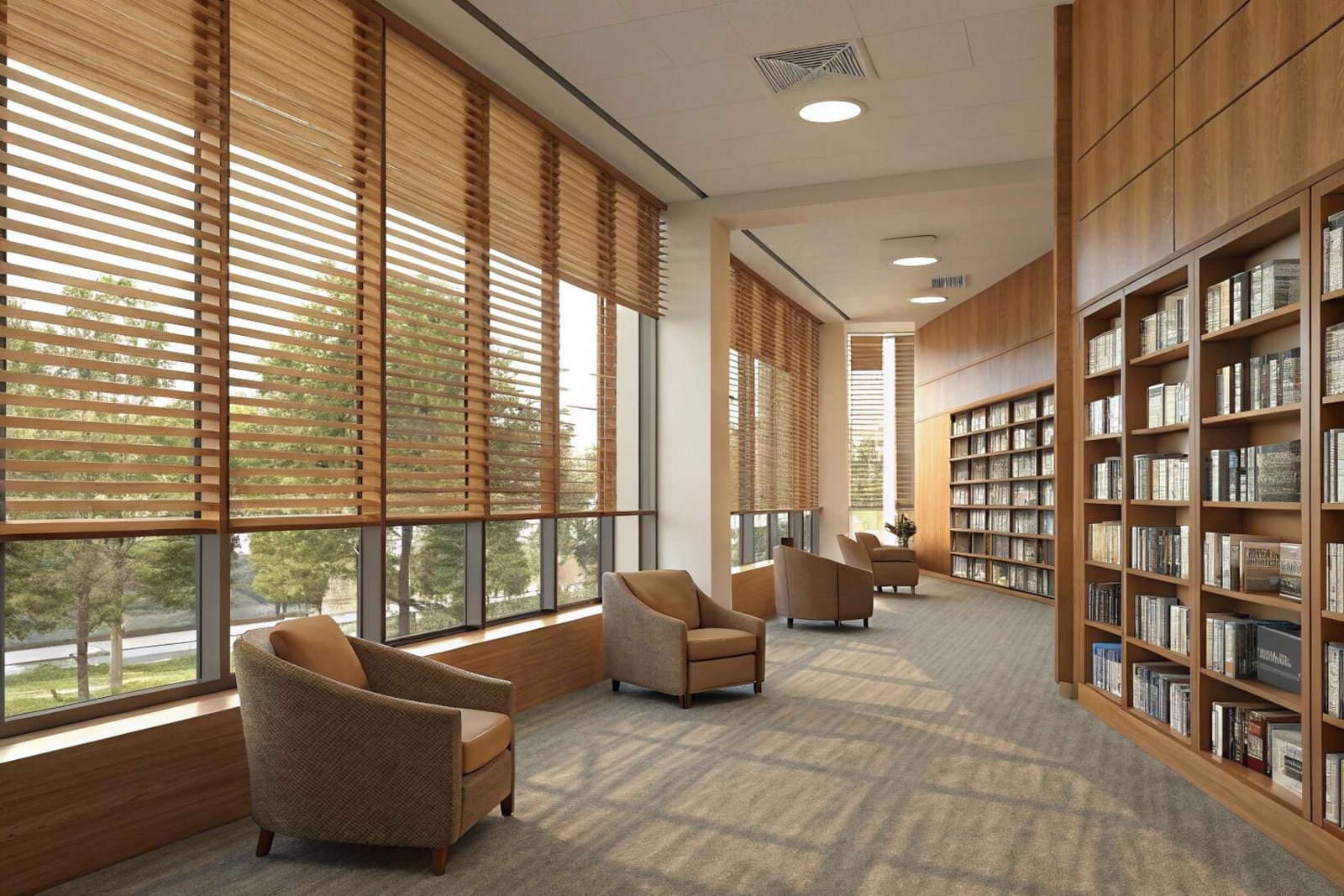
Navigating certifications is a critical, often overlooked, aspect of importing blinds. For Western markets primarily, focus on child safety. In the US, the ANSI/WCMA A100.1 standard dictates strict requirements for corded window coverings to prevent strangulation hazards, leading to a strong preference for cordless or motorized options. Europe has similar directives under EN 13120. For commercial projects, fire safety is paramount. In the US, NFPA 701 (Standard Methods of Fire Tests for Flame Propagation of Textiles and Films) is often required for fabrics in public spaces. In Europe, the EN 13501-1 classification is used for construction products. If you are importing motorized blinds, electrical safety certifications are non-negotiable. For the US and Canada, UL 325 (Standard for Safety for Door, Drapery, Gate, Louver, and Window Operators and Systems) is essential. For Europe, the CE Mark signifies compliance with EU safety, health, and environmental protection directives. This means passing various tests for electromagnetic compatibility (EMC) and low voltage safety (LVD). Some projects also require energy performance ratings or specific environmental certifications if "green" building standards are being pursued. Always confirm what specific certifications your target market and project type demand. A reputable manufacturer like VelaBlinds will readily provide these documents for relevant products and help ensure compliance.
How to find reliable blinds manufacturers in China?
Struggling to find trustworthy partners among the vast number of Chinese manufacturers? It's a common concern for first-time importers, who worry about product quality consistency, communication barriers, or delivery reliability. This uncertainty often delays initial orders.
Finding reliable blinds manufacturers in China means going beyond online directories to conduct thorough due diligence. Look for factories with relevant certifications, positive industry references, a clear export history, robust quality control systems, and transparent communication. Visiting factories or using third-party inspection services is highly recommended.
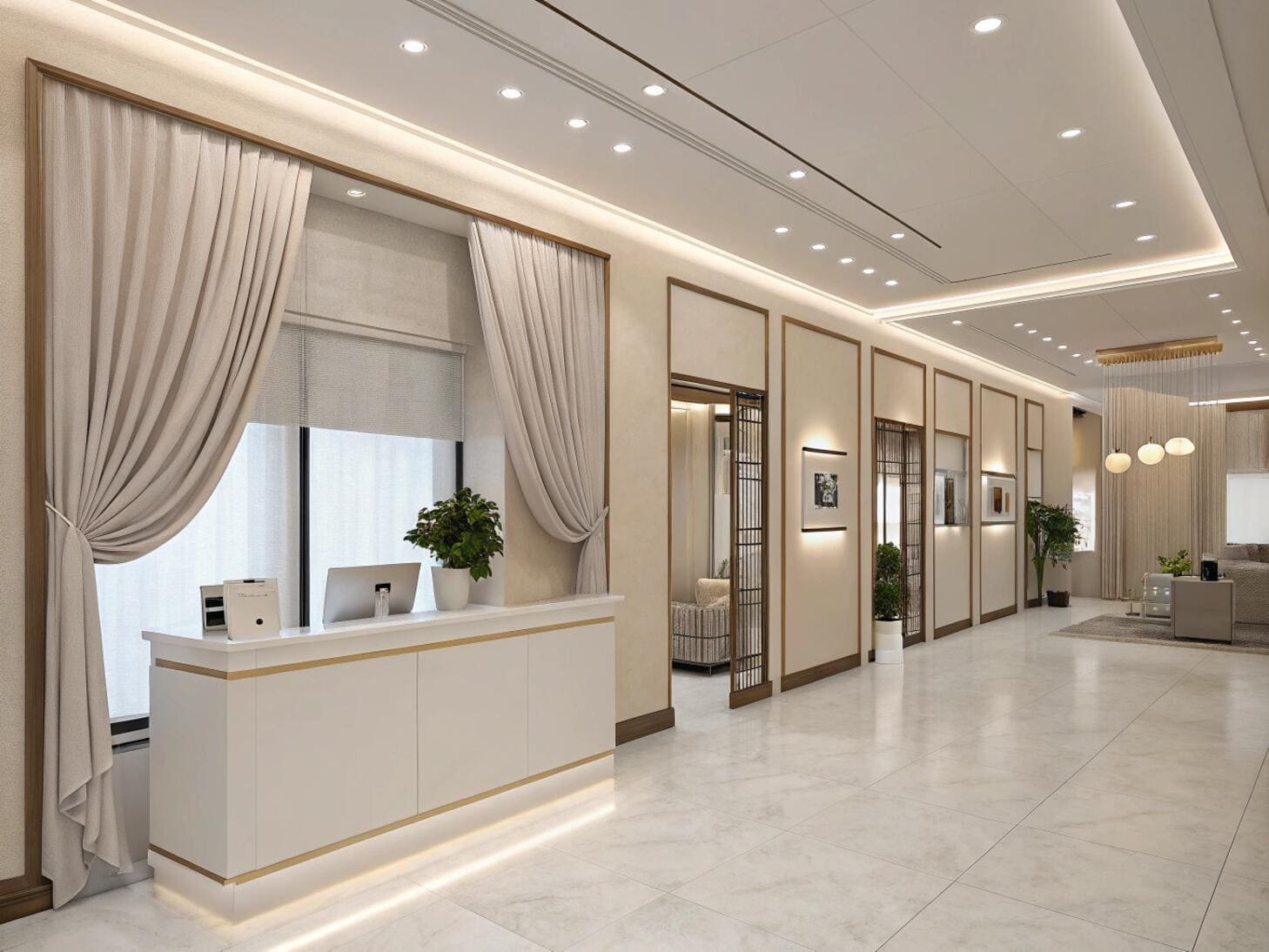
Identifying reliable blinds manufacturers in China requires a systematic approach. Do not just rely on the cheapest quote. Start by looking for manufacturers, not just trading companies, as they have direct control over production and quality. Check their business licenses and registration dates. Many B2B platforms verify suppliers as "Gold Suppliers" or "Verified Suppliers," which is a start, but not enough. Look specifically for factories that specialize in blinds and motorization, demonstrating deep product knowledge. Request a list of their main export markets; a track record with Western buyers is a good sign. Pay attention to their factory equipment and production processes. Automation and modern machinery often indicate higher quality control and efficiency. Critically, assess their quality management systems (e.g., ISO 9001 certification). Ask about their in-house QC procedures, how they handle defects, and their warranty policies. Communication clarity is crucial; suppliers who respond promptly and understand your technical specifications in English are invaluable. Always ask for samples. As I tell my project buyers, getting samples is non-negotiable for evaluating material quality, color accuracy, and mechanism performance. Finally, consider performing a pre-shipment inspection by a third-party QC company. This small investment can save you from big headaches down the road.
What are the shipping and customs requirements for importing blinds?
Feeling confused by shipping jargon, customs forms, and potential delays when importing? The complexities of international logistics and regulatory compliance can be a major hurdle for new importers, leading to unexpected costs or hold-ups.
Importing blinds requires understanding Incoterms (like FOB or CIF), preparing accurate commercial invoices and packing lists, and managing duties, taxes, and customs declarations. Working with experienced freight forwarders and customs brokers simplifies the process, ensuring compliance and smooth delivery to your destination.
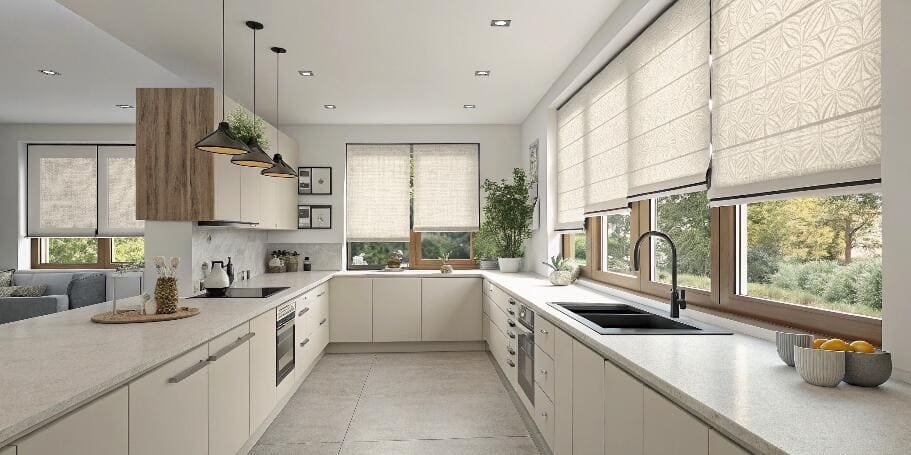
Understanding shipping and customs is vital for a seamless import. First, familiarize yourself with Incoterms 2020. Common terms include FOB (Free On Board) and CIF (Cost, Insurance, and Freight). With FOB, the seller covers costs until the goods are loaded onto the ship at the origin port, and you take over from there. CIF means the seller covers cost and insurance to your destination port, but you still handle import customs and final delivery. For most project buyers, FOB is common as it gives you more control over freight cost from Chinese ports like Wuhan (VelaBlinds' location) to your specific destination. You will need a commercial invoice, packing list, and bill of lading (for sea freight) or air waybill (for air freight). These documents must accurately describe the goods, quantities, values, and origin. For customs, you will need to determine the Harmonized System (HS) code for blinds (usually within Chapter 39 or 63, depending on material). This code determines the applicable duties and taxes in your country. For example, in the US, duties for blinds can range from 3% to 7% or more. You also pay a Merchandise Processing Fee (MPF) and harbor maintenance fees. Hiring a reliable freight forwarder in China and a customs broker in your destination country is highly advisable. They handle bookings, tracking, and all necessary customs paperwork, ensuring compliance and preventing delays or penalties.
Conclusion
Importing blinds from China can be a smooth process with the right steps and a reliable partner. Define your needs, find trustworthy suppliers, manage quality, and navigate logistics correctly. This thoughtful approach ensures your projects get high-quality blinds efficiently and cost-effectively.
Level Up Your Projects: Let's Connect
Ready to elevate your projects with premium, cost-effective smart shading solutions? Don't let the complexities of international sourcing hold back your next big build. Reach out to discuss your specific project needs, request detailed technical specifications, or get a personalized quote. My team is ready to provide transparent support, fast turnaround, and tailored solutions built for your success.
Contact us directly: info@velablinds.com
Extended FAQ Section
What are the common pitfalls when importing smart blinds from China?
When importing smart blinds, common pitfalls include incompatible motorization systems, unreliable smart home integration, and poor quality components. Many buyers overlook comparing motor brands (e.g., Dooya vs. Somfy) or verifying integration protocols (e.g., Zigbee, Z-Wave, WiFi). I've seen projects suffer when the chosen motor does not properly communicate with the client's existing smart home hub, leading to expensive rework or dissatisfied customers. Another issue is battery life and charging solutions for wireless motors; low-quality batteries fail quickly. Additionally, inadequate packaging can lead to damage during transit, particularly for delicate electronic components. To avoid these issues, always specify exact motor brands or request detailed technical datasheets for generic motors. Confirm compatibility with major smart home platforms, and insist on robust, project-specific packaging. Running thorough pre-shipment functional tests for motorized units is also crucial.
How do I ensure quality control for imported blinds orders?
Ensuring quality control for imported blinds involves several layers. First, a reputable manufacturer will have an in-house quality control (QC) system, ideally ISO 9001 certified. Ask for their QC process flow. Second, request pre-production samples. This lets you inspect material quality, color accuracy, dimensions, and functionality before mass production. Third, for larger orders, I strongly recommend engaging a third-party inspection service. They can conduct a DUPRO (During Production Inspection) to catch issues early, and most importantly, a PSI (Pre-Shipment Inspection) once your order is 80-100% complete. This inspection checks quantities, final dimensions, fabric integrity, motor functionality, packaging, and shipping marks against your specifications. If defects are found, the factory can rectify them before shipment, saving immense time and cost. VelaBlinds conducts diligent internal QC and supports third-party inspections to offer peace of mind.
What are typical payment terms when sourcing blinds from Chinese factories?
Typical payment terms when sourcing blinds from Chinese factories usually involve a staged payment structure. A common arrangement is a 30% advance payment (deposit) upfront, before production begins. This securestwo things: it shows your commitment as a buyer, and it provides the factory with initial capital for material procurement. The remaining 70% balance is typically paid once production is complete and approved. This usually means after the final quality control inspection and before the goods are loaded for shipment. Some long-term relationships might evolve to more flexible terms, like 10-20% deposit with the balance payable against the B/L (Bill of Lading) copy after shipment. For very large orders, a Letter of Credit (L/C) can be used, offering more security, but it is more complex and incurs bank fees. Always ensure your payment terms are clearly outlined in a proforma invoice or sales contract. Wire transfers (T/T) are the most common method for international B2B payments.
---
[^1]: Find out how to thoroughly vet suppliers to ensure reliability.
[^2]: Discover the latest motorization options for modern blinds.
[^3]: Learn about effective quality control measures to safeguard your imports.
[^4]: Learn how bulk ordering can significantly lower your import costs.
[^5]: Learn how to find and target niche markets for better sales.Partner with VelaBlinds for Your Next Project
Smart window treatments shouldn't be complicated. After working with 500+ distributors and contractors worldwide, I've streamlined the process to get you quality products, competitive pricing, and reliable support - every time.
Why project professionals choose VelaBlinds:
- ✅ Fast, Accurate Quotes - Detailed specs and pricing within 24 hours
- ✅ Transparent Pricing - No hidden fees, volume discounts clearly outlined
- ✅ Quality Assurance - Direct partnerships with certified OEM manufacturers
- ✅ Project Support - Dedicated account manager from quote to delivery
Start your next project:
📧 Quick Quote: Send your requirements to info@velablinds.com
📱 Direct Contact: WhatsApp +86 137 2012 8317
🌐 Browse Solutions: https://velablinds.com/
📁 Product Resources: Access spec sheets, catalogs & project files
Jimmy Chen, Founder
"I built VelaBlinds to solve the real challenges I faced as a project buyer - long lead times, unclear specs, and unreliable suppliers. Let's discuss how we can power your projects with smarter blinds."
Serving distributors and contractors across North America, Europe, and Australia since 2018.

